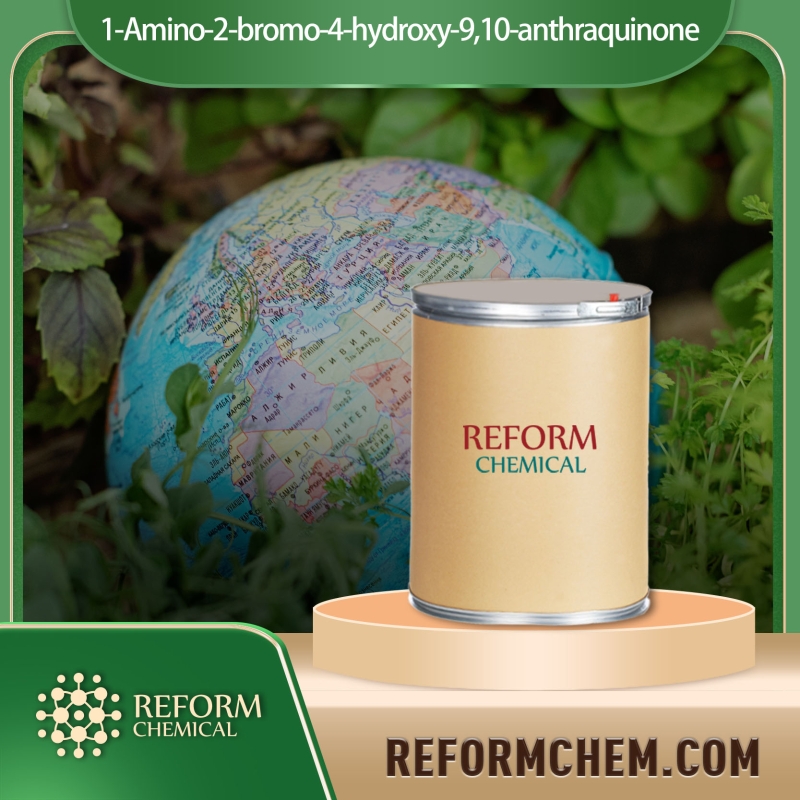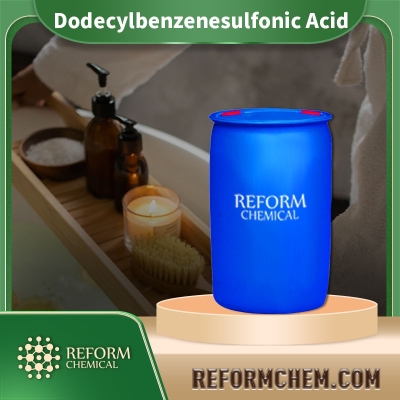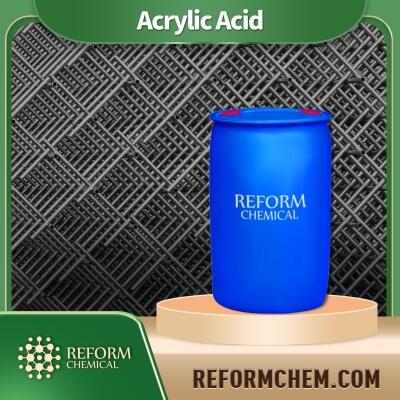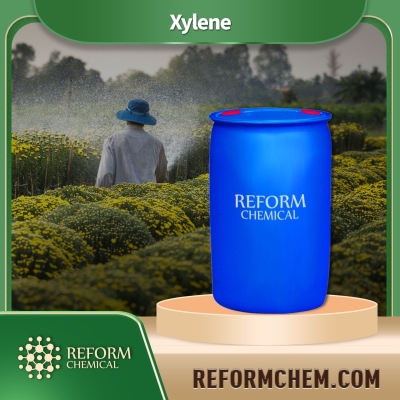What Happens When Sodium Bicarbonate Reacts With Acetic Acid?
You're probably wondering: what happens when sodium bicarbonate reacts with acetic acid? If you're curious about the results of a sodium bicarbonate and acetic acid reaction, you're in the right place. This article details what happens during the process, and the reason why both products are reacting the way they do.
This is a safe experiment to undertake since it allows for a clear observation of certain features involved within chemical reactions, including three physical states of matter. More specifically, the combination of acetic acid (CH3COOH) and sodium bicarbonate (NaHCO3) illustrates a physical change into a chemical change.
Technically, both compounds can be commonly found in two of the main products you can see in your cupboard: baking soda and vinegar. These products both contain highly dynamic substances and are used for a variety of purposes. Often, they are utilized as cleaning factors, are useful in medicinal cures, and of course, in certain recipes for cooking. But if you've mixed them together, you'll have yourself a great example of a chemical reaction.
A chemical reaction basically refers to a process that leads to a change from a set of chemical substances into a completely new group of chemical substances. In a nutshell, these are changes in electron locations in terms of breaking and forming chemical bonds between atoms without any change in their nuclei. Furthermore, chemical equations are also used to depict chemical reactions.
What happens when sodium bicarbonate reacts with acetic acid?
When you attempt to mix acetic acid with sodium bicarbonate, the result is carbonic acid. Carbonic acid refers to a compound that's highly abundant in nature; you can find this in the ocean or even in the blood. However, it's worth noting that the instability of carbonic acid usually involves a rapid and harsh decomposition reaction during the process.
Consequently, this gives rise to two new compounds: Water (H2O), and carbon dioxide (CO2). For a more obvious elaboration, you can witness its physical evidence through the fizzing and bubbling of the two compounds joining each other and then eventually disintegrating. That said, this combination is usually a staple for the typical volcano science fair project since it's used for fascinating volcano eruption experiments.
Why do these compounds react with each other?
While you might be curious about what happens when sodium bicarbonate reacts with acetic acid, there's also the question of why these compounds with one another and how it's made to react in such a way. The simple answer to the question is that both compounds result in a chemical reaction another due to how their bases and acids react when combined. Vinegar, for instance, is acetic acid, while baking soda is considered bicarbonate. The mix of these two compounds inevitably produces carbon dioxide as a result.
That said, vinegar and baking soda have this kind of chemical reaction simply because the process involves exchanging atoms. In a more technical sense, they're specifically trading protons. Protons refer to subatomic particles that comprise atoms. In this way, a proton may be a Hydrogen atom that lacks an electron This goes to say that in this particular situation, the sodium bicarbonate serves as the base, and gets a proton from the vinegar, which is an acid. This chemical reaction lets out gas because the baking soda successfully gets the proton as it transforms into carbon dioxide and water by that time.
These two products react since acetic acid is mainly a dissolved substance in water and baking soda is a base. When you put and combine acid and base in a water solvent, the result you get is that the acid relays hydrogen to the base to facilitate the creation of a new compound. Carbonic acid is the new compound in this scenario. And as mentioned, the carbonic acid eventually decays to water and carbon dioxide gas once the reaction has fully taken place. In simple terms, acetic acid and sodium bicarbonate contain too much unwanted energy and can assist each other in eliminating these, thus the reaction.
Physical Changes Observed during the Chemical reaction
Something new is created when vinegar is combined with baking soda. This combination foams up alongside carbon dioxide gas. If you used a sufficient amount of acetic acid or vinegar, the baking soda will be prompted to react and then vanish into the vinegar solution.
In this experiment, the baking soda is out in the liquid vinegar, giving rise to carbon dioxide gas. You will easily spot this when bubbles start to be visible in the foaming mixture. Afterward, all of the solid would have been dissolved and reacted, creating a new liquid solution. It's important to take note that the combination of acetic acid and sodium bicarbonate can be helpful in understanding foams either as solids or liquids that have gas bubbles.
Looking for chemical products? Let suppliers reach out to you!
Trade Alert
Delivering the latest product trends and industry news straight to your inbox.
(We'll never share your email address with a third-party.)
Related News
-
INEOS and GNFC to build 600kt acetic acid plant in India
-
ECHEMI High Quality Inquiries (16-20 Sep)
-
ECHEMI High Quality Inquiries (22-26 June)
-
ECHEMI High Quality Inquiries (18-22 May)
-
ECHEMI High Quality Inquiries (24-28 Feb)
-
How to Use Sodium Bicarbonate in Different Ways?
-
Global lithium resource supply is still tight
-
As an important raw material for lithiumbatteries, the price of lithium carbonate has not yet seen the ceiling
-
The Secret To Neutralizing Phosphoric Acid With Sodium Bicarbonate
-
What is acetic acid flammability rating? Learn more about Acetic acid.
Recommend Reading
-
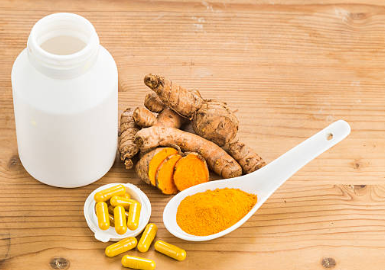
A Question of Chemistry: can turmeric lower cholesterol?
-
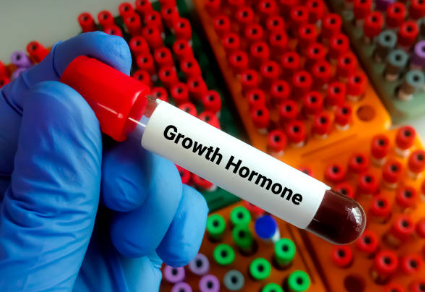
A Question of Chemistry: is growth hormone a steroid?
-
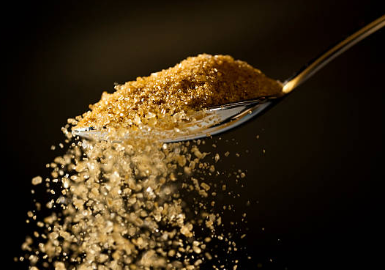
Is Cane Sugar Refined Sugar? Comprehensive Review
-
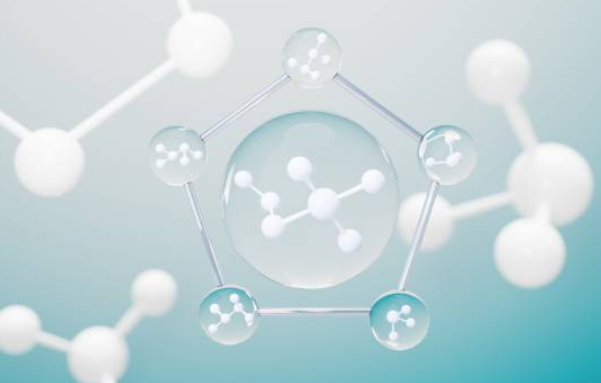
Is KBr Ionic or Covalent & How Does it Affect Chemical Properties?
-
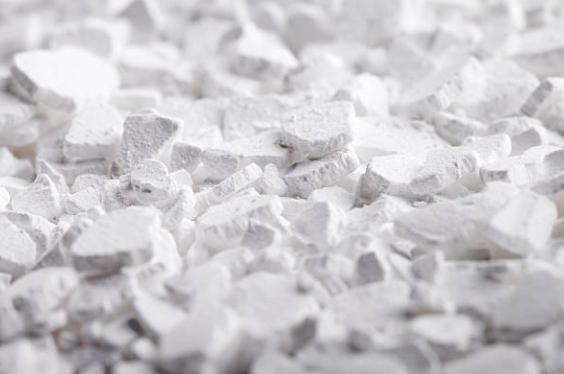
Precautions of calcium chloride desiccant reuse
-

Agricultural Experts and Scholars Contribute to Agricultural Modernization
-
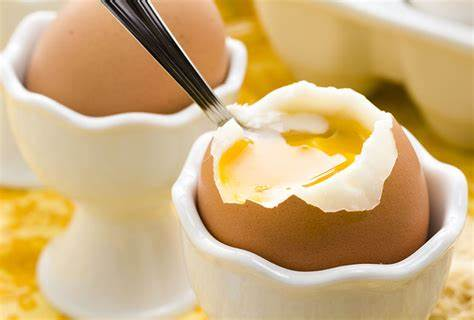
South Korea Implements Revised Standards for Salmonella in Raw Eggs
-

Directional De-alignment in Central Bank Portfolio De-alignment First Implement
-
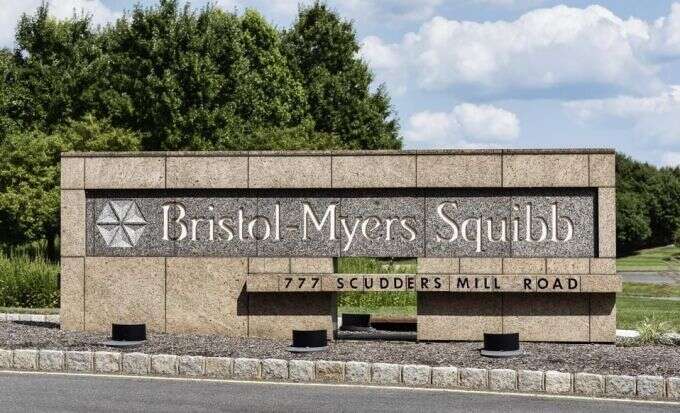
Bristol-Myers Squibb (BMS) Takes a Bold Gamble in the Vaccine Race
-

Novo Nordisk acquires Cardior Pharmaceuticals





